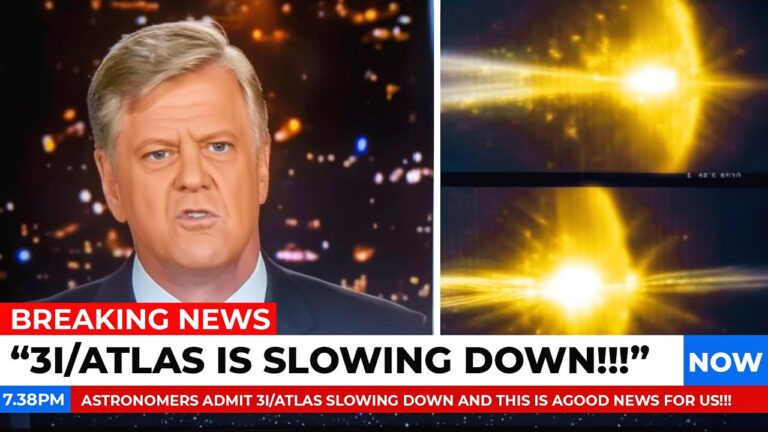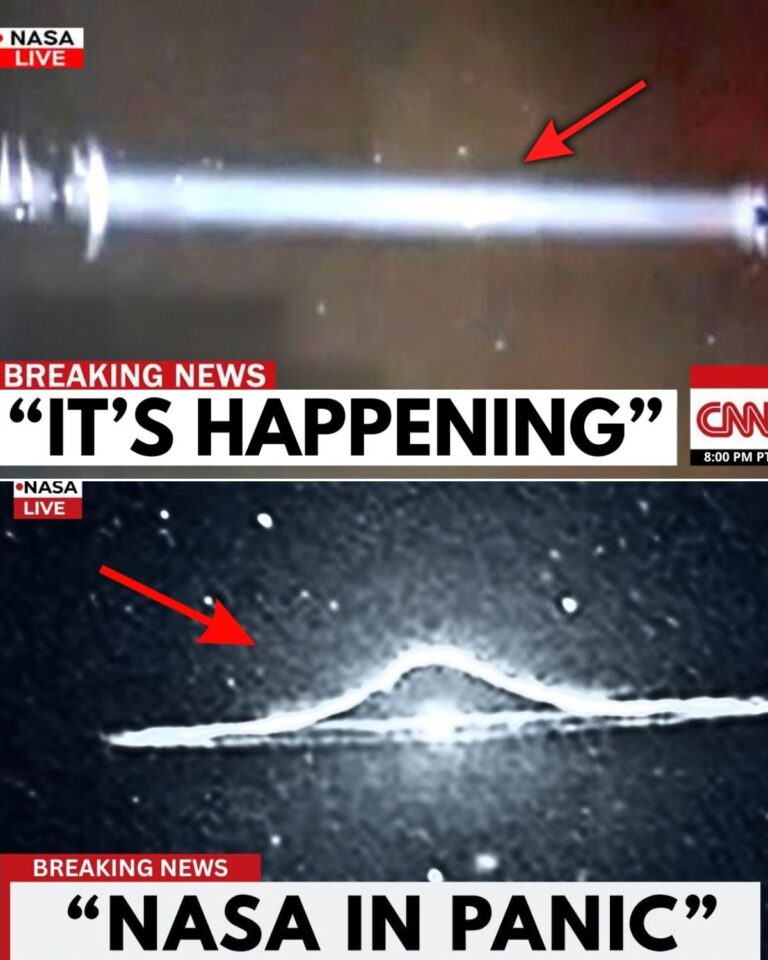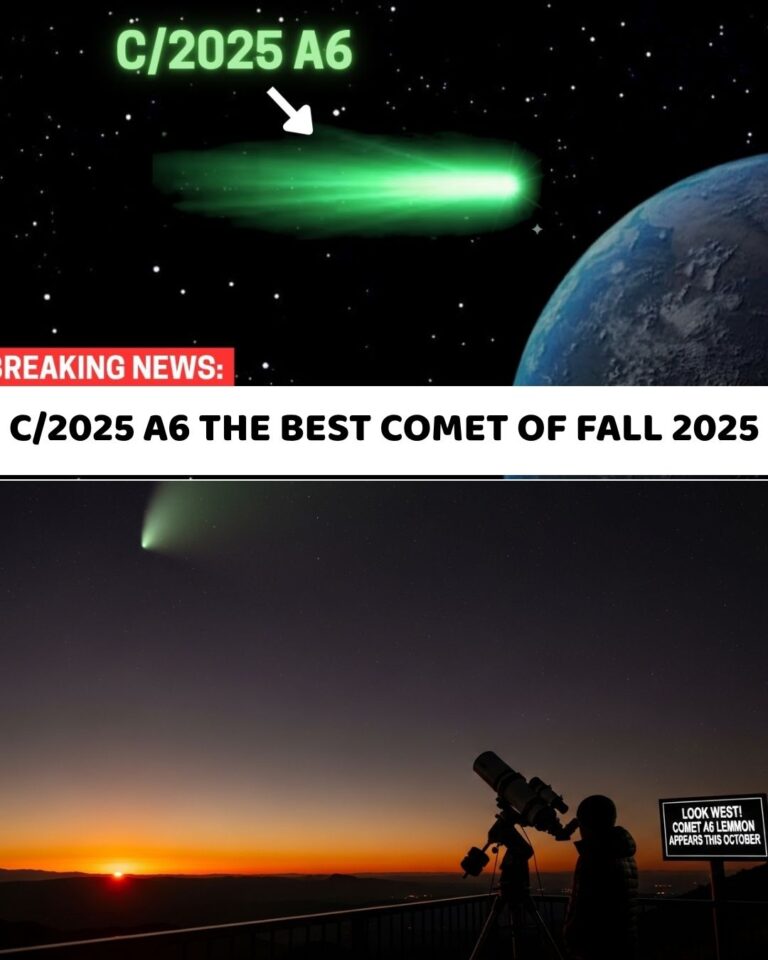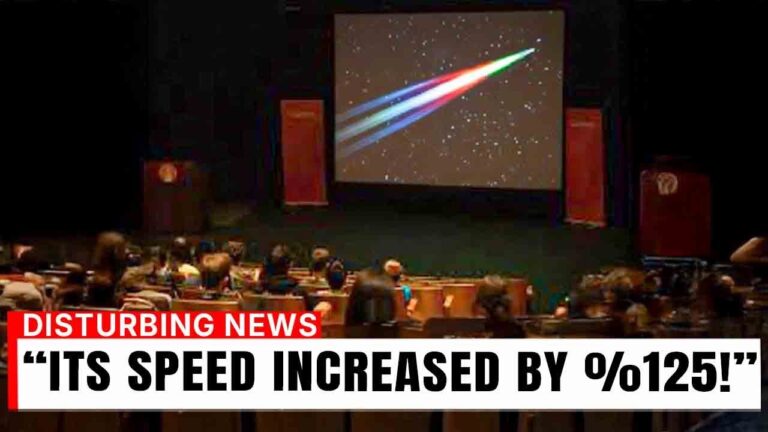In a stunning twist that has left the scientific community reeling, groundbreaking findings from the Cassini spacecraft’s final transmissions have emerged, revealing a potential intelligence lurking within Saturn’s atmosphere. Years after the spacecraft’s demise on September 15, 2017, researchers have unearthed hidden patterns in its last images that challenge our understanding of life beyond Earth. This revelation raises profound questions about the nature of our universe and whether we are, in fact, not alone.

As Cassini plunged into the swirling chaos of Saturn’s gaseous embrace, few anticipated that the mission’s conclusion would herald an extraordinary turning point in astrobiology and astronomy. Initially hailed as a monumental success for its revelations of Saturn’s iconic hexagonal storms and icy moons, the mission seemed to culminate without further discovery. But the monumental importance of what Cassini had captured and recorded has begun to unravel in ways that have utterly captivated researchers around the globe.
Just a few years prior, researchers at a private lab specializing in quantum artificial intelligence began resurrecting Cassini’s final images, which had been relegated to the annals of archival history as brilliant yet unremarkable snapshots. The goal seemed simple enough: enhance these images to extract clearer data from the noise. However, the deep-learning AI, designed to uncover subvisual data patterns, returned findings that could shift the paradigm of our understanding of existence and cosmic interaction.
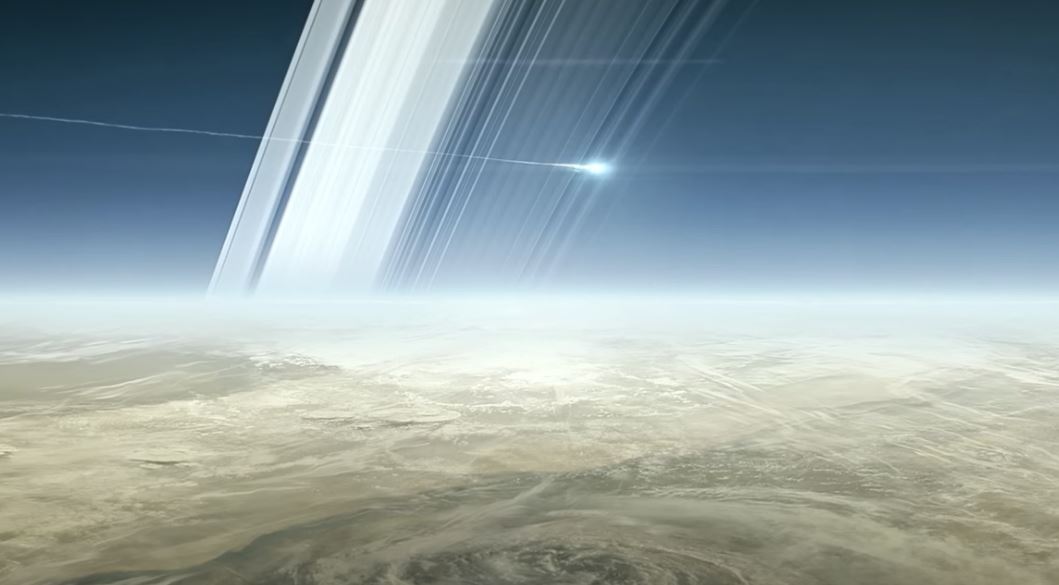
What the quantum AI uncovered was astonishing: complex geometric patterns interwoven among the visuals, consistent across various frames and evidently structured in ways that cannot be attributed to mere technical errors or random cosmic noise. Prime numbers, Fibonacci spirals, and golden ratios appeared, embedding an implicit message within the fabric of what was once considered mere atmospheric imagery. Researchers’ fingers hesitated over keyboards as they realized they were grappling with something that surpassed their wildest imaginations.
While initial skepticism loomed over the claims, researchers noticed repetition of sequences that suggested an underlying intelligence: a message coded in the language of mathematics, potentially a response to humanity’s own cries for communication from the cosmos. This shocking development raised more than mere intrigue; it ignited a maelstrom of debate across the global scientific community. Had Cassini unwittingly acted as an interstellar courier, bearing an encrypted message from some unknown entity?
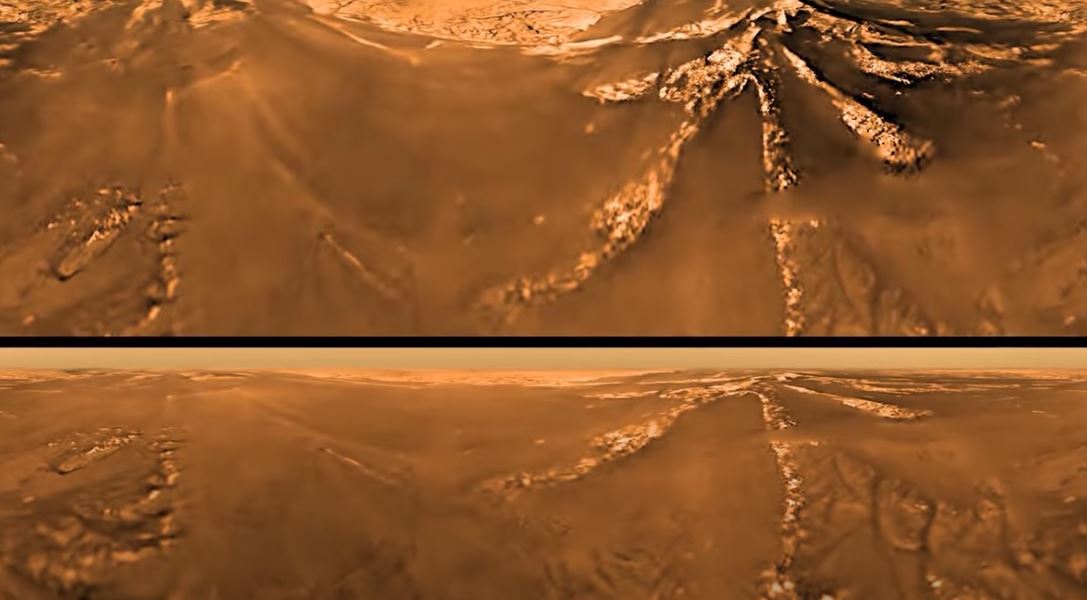
Things escalated when the AI discovered that the mathematical signals woven throughout the images corresponded to distinct areas on Saturn’s surface, specifically those regions associated with known magnetic anomalies—points that are notorious for remaining insufficiently explored. Was this perhaps tantamount to a cosmic breadcrumb trail left for us to follow, indicating that whatever intelligence was behind the signals possessed a profound understanding of Saturn and strategically concealed their presence?
In the aftermath of these revelations, drapes of unease fell over astrophysics circles as communication dried up. NASA, historically forthright about its discoveries, has surprisingly remained silent. Strange murmurs of secrecy, non-disclosure agreements, and retracted interviews resurfaced among researchers previously enthusiastic about sharing data. It had become increasingly apparent that what began as innocent scientific exploration might now tread into the territory of a classified undertaking.
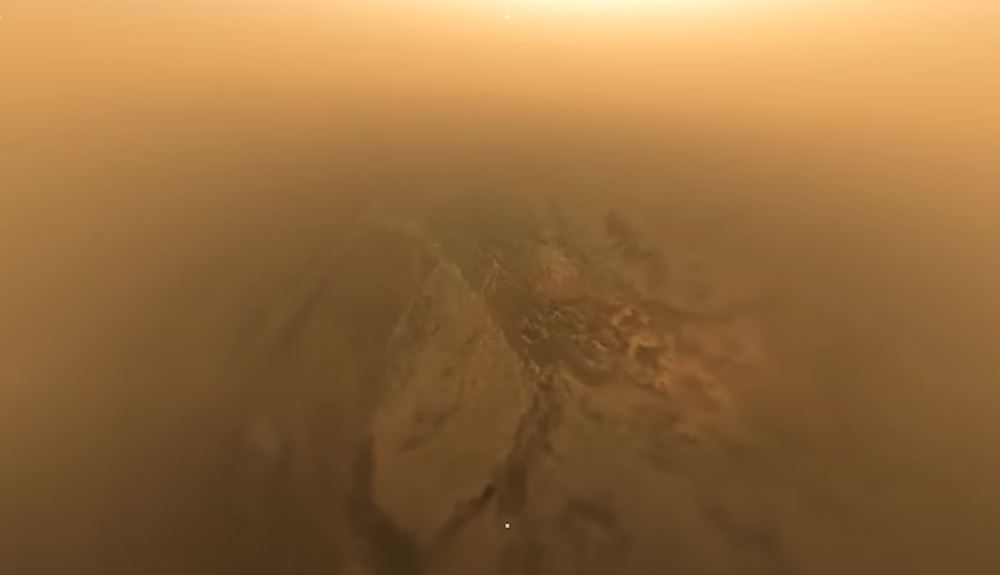
One singular image out of Cassini’s final moments has sparked a debate reminiscent of detective thrillers: the 12th frame intended for transmission apparently went blank, leading experts to ponder what myriad secrets lay within that missing slice of data. Was this an ordinary glitch, or was there an intentional mechanism to obfuscate the crucial findings? “It’s not a simple loss; it’s a culmination of encryption that our tools cannot yet crack,” remarked one researcher, expressing the frustration that pervaded the discourse. If there was indeed a direct signal lost in transit, what information might it have contained that warranted such active concealment?
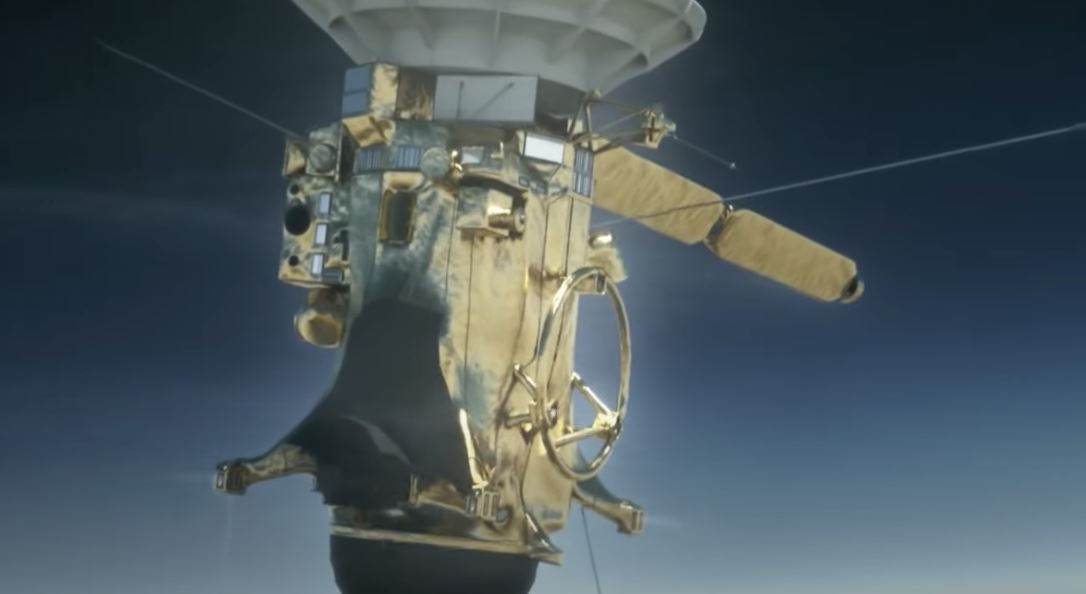
Across the scientific spectrum, opinions have polarized sharply. Some mainstream theorists insist that the emergence of structured sequences constitutes a mere statistical fluke, while others suggest it represents irrefutable evidence of an intelligence far superior to our own observing patiently from the abyss. The unsettling possibility that we have inadvertently tapped into a cosmic dialogue—where civilization extends beyond Earth—remains tantalizing, raising numerous implications about our place in the universe.
Echoing through history, Saturn has always encapsulated a sense of mystery. From its brightness in our night sky to the baffling phenomena that define its magnetic irregularities, scientists have long debated the planet’s nature. The newfound metadata extracted from Cassini only enhances the enigma. It poses a pressing question: are we on the brink of witnessing the first transcendent message from another civilization, or are we simply introducing a new layer of fundamental misunderstanding about what we have long perceived as chaos?
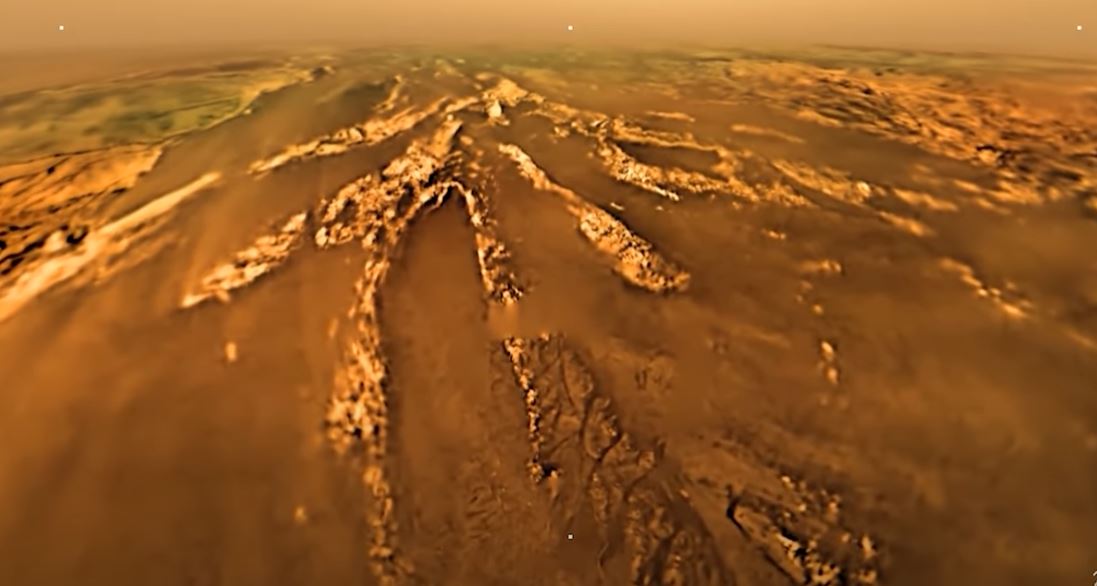
In our relentless quest for understanding and information, this thrilling chapter may not merely represent an end but may very well signify a new beginning—or perhaps a warning. Cassini’s mission has transcended simple planetary exploration to present humanity with an awakening, mandating that we rethink not only our interstellar aspirations but our comprehension of existence at large.
As scientists scramble to decipher the implications—and battle against silencing forces—one thing is clear: we are standing on the precipice of a groundbreaking discovery. What lies hidden in Saturn’s rings may instruct us about our own limitations, urging us to reconsider the tools and lenses through which we have studied the cosmos.
The question hanging heavily in the air remains: who—or what—is watching us? And how long have they been waiting for us to truly look? As news of these unprecedented findings ripples through academia, one imperative remains: stay informed, continue questioning, and above all, keep looking to the skies. This riveting action, unfolding in real-time, serves as a reminder that the final frontier is far from settled; with every revelation, the universe continues to spark debate, intrigue, and an insatiable thirst for knowledge. The mysteries of space have not simply burgeoned; they have deepened, veiled in shadows that dare us to probe with growing urgency.
